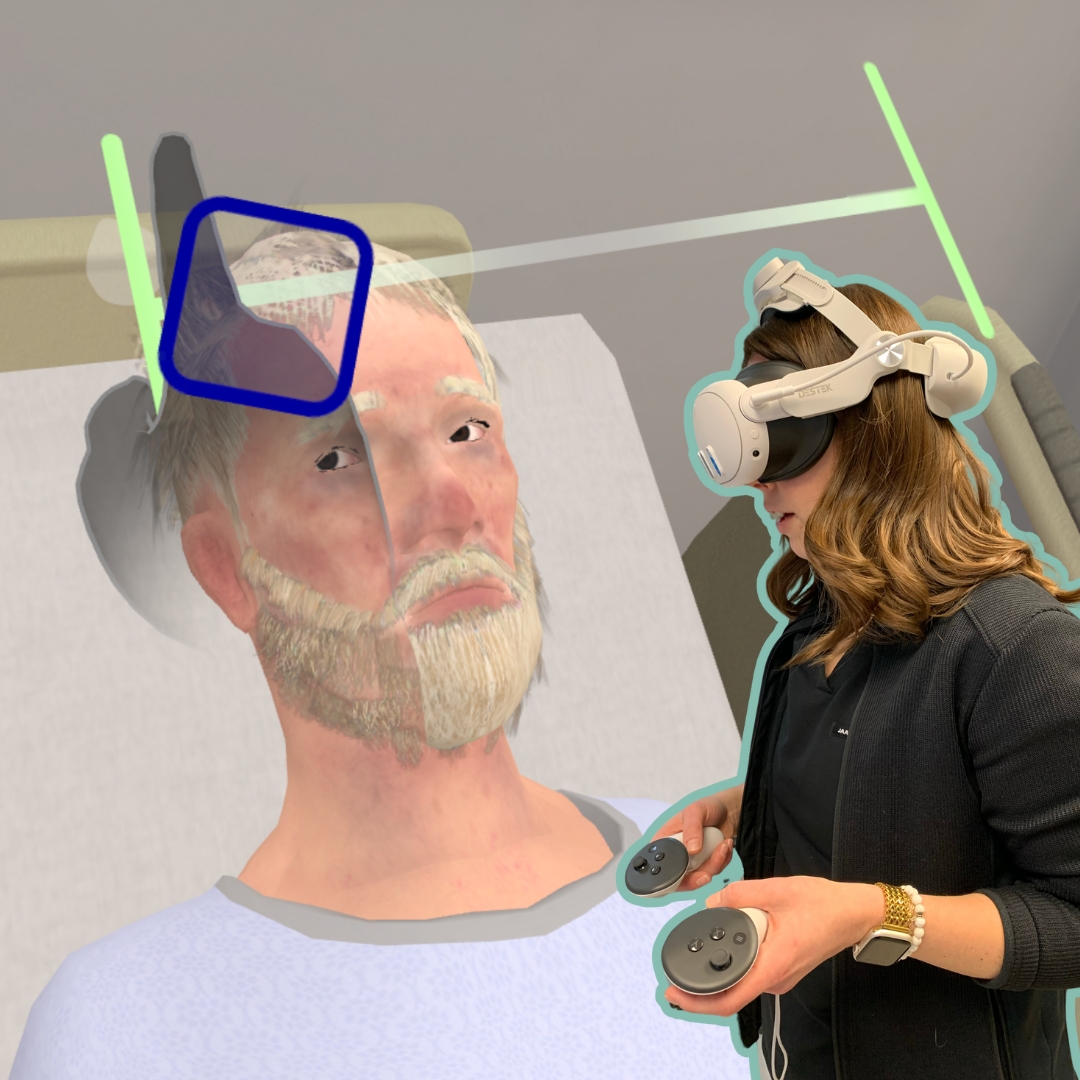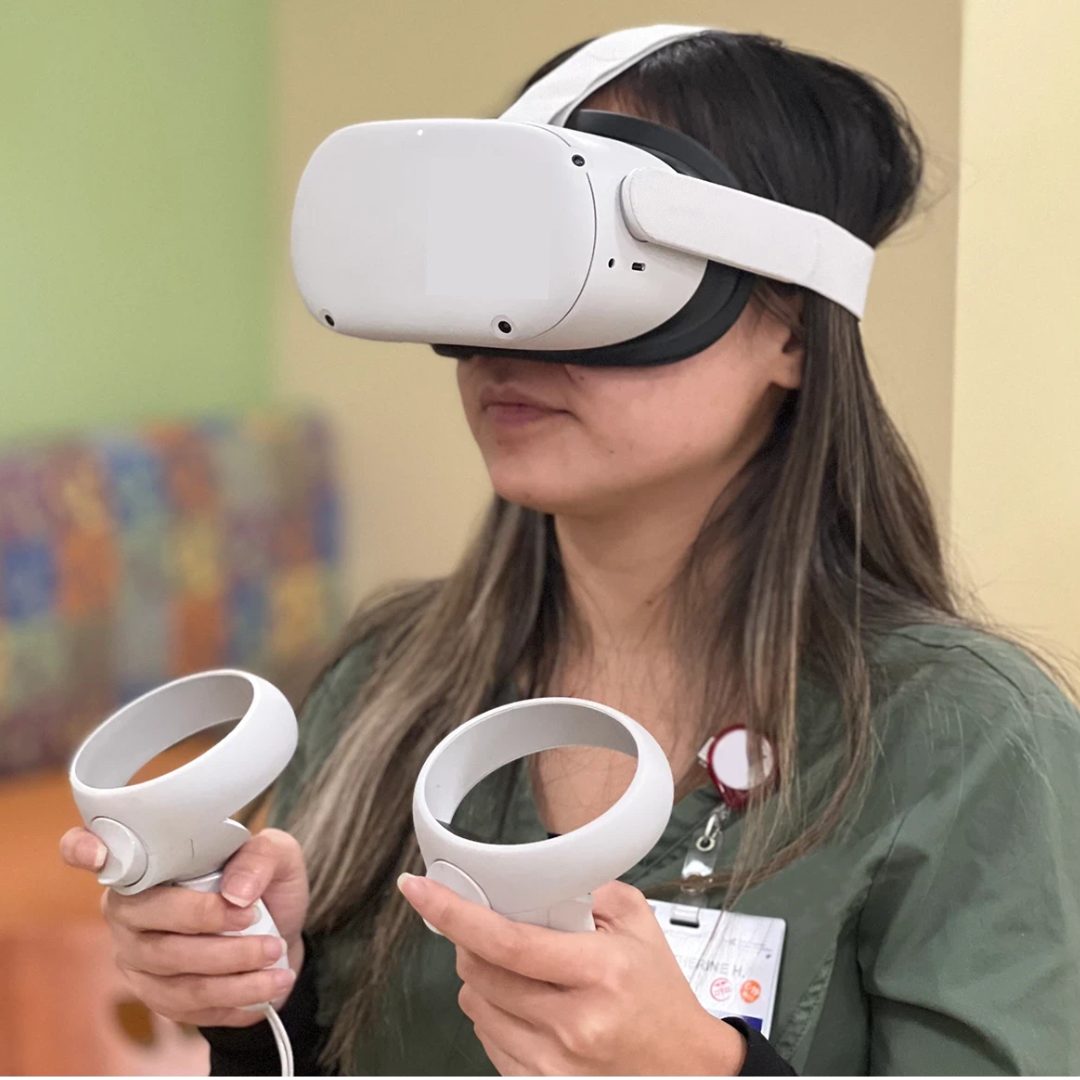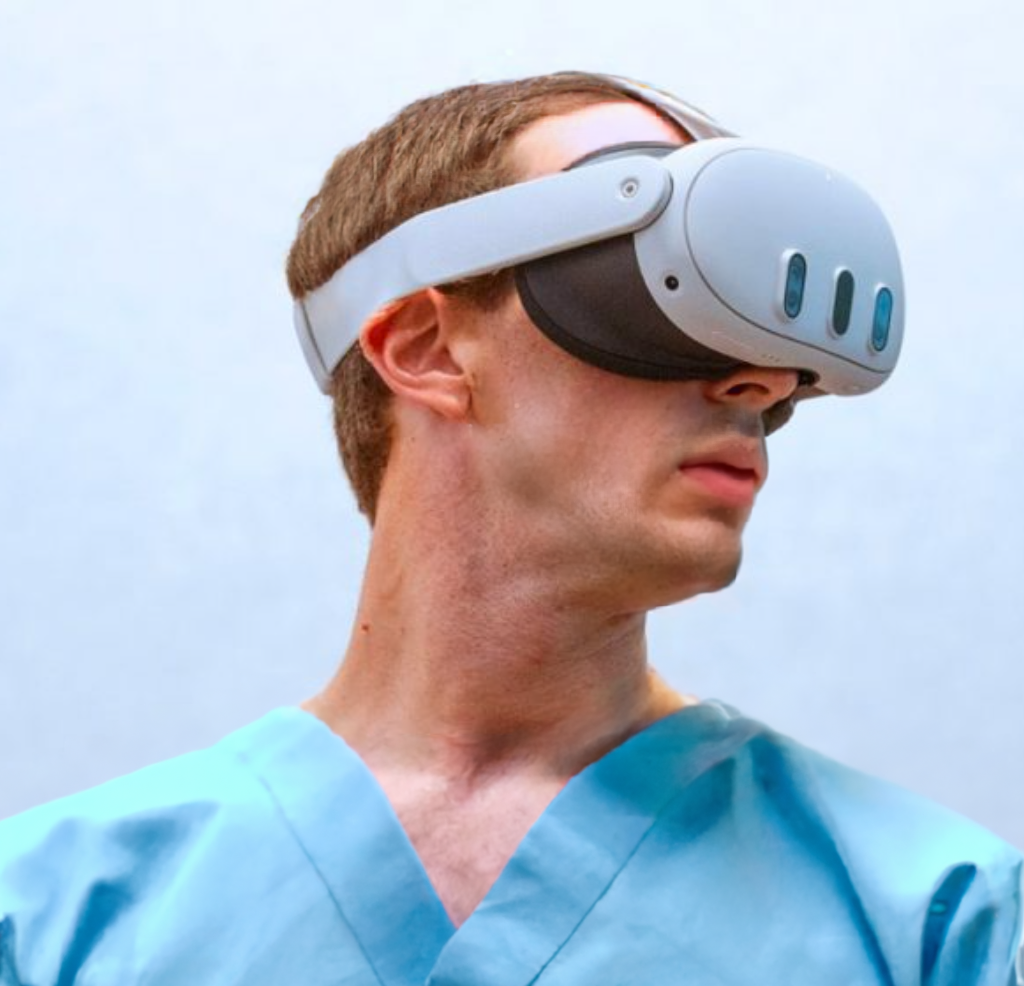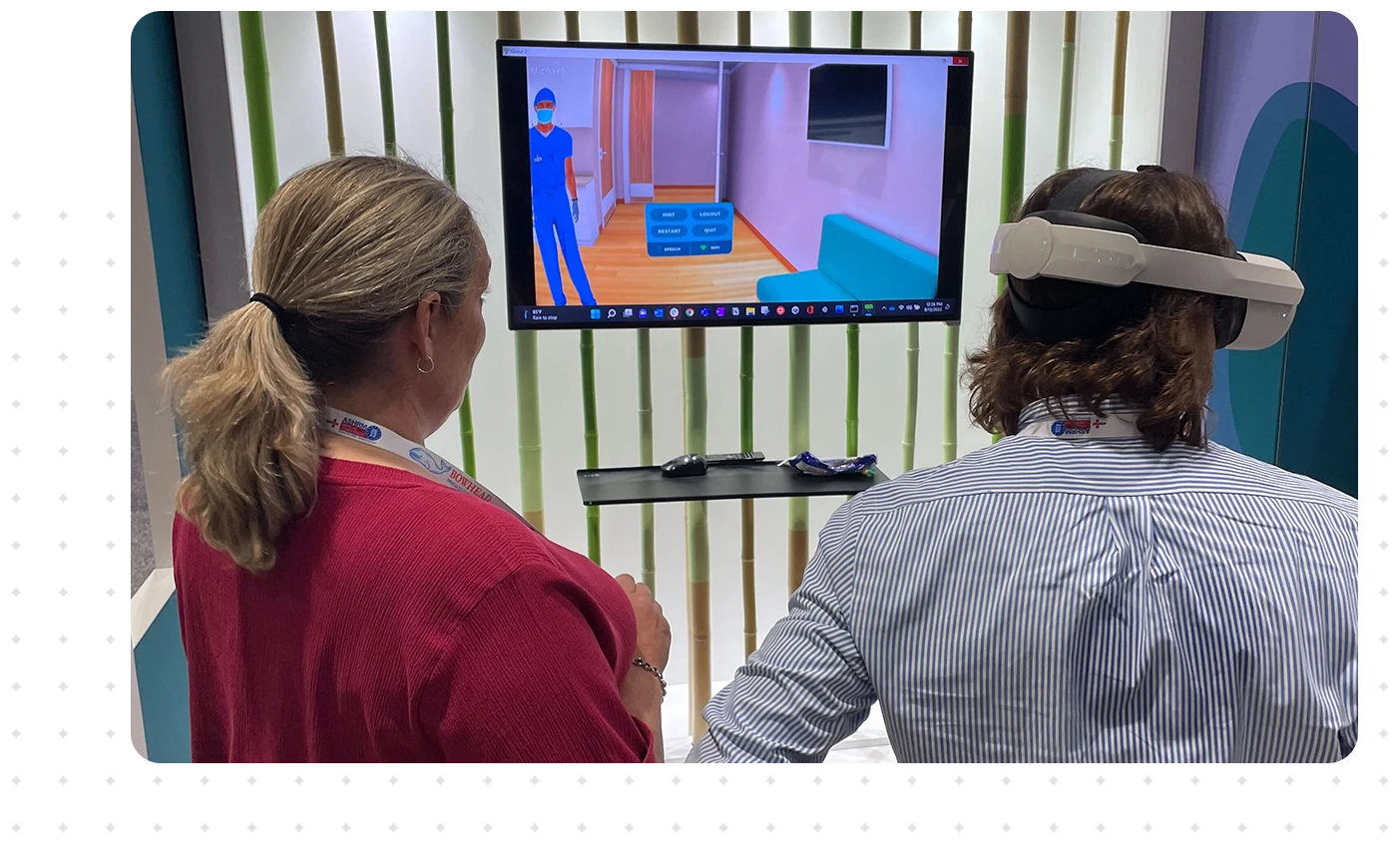
Effective VR Implementation: Setting Goals and Metrics for Success in Healthcare
Published August 8, 2023
Don’t Do VR for the Sake of VR
Most healthcare professionals agree that virtual reality (VR) can be a useful resource for clinician education, but this doesn’t mean an organization is always ready to take it on. It’s time for some tough love: If you’re bringing in VR just for the sake of VR, and have no plan in place, it’s likely your implementation won’t be successful.
Success in VR comes from goal setting and clearly understanding the problems you are trying to solve. Rather than allowing your new VR headsets to collect dust on a library shelf, it’s important to create proper goals and metrics for a successful, productive VR implementation. Let’s explore some common hurdles our team has seen in VR implementation, as well as your step-by-step guide to creating key goals.
Common Issues in VR Implementation
Many hiccups occur because of misconceptions about how VR can be used in healthcare and what it looks like. So, before we get into proper implementation tactics for establishing VR in your organization, let’s clear up some common issues:
Implementation without Buy-in
When bringing VR to your healthcare organization, you need absolute buy-in. What does this look like? Absolute buy-in means that everyone—from high-level decision makers to the IT department to the educator who first pitches VR as a concept needs—to be all-in. They need to be committed to success, on both how VR will be used, and how it will be implemented. To aid in implementation success, a quick alignment call of a cross-section of functions has proven useful in assigning roles and responsibilities.
“The Bus Drives Itself”
VR implementation doesn’t start and end with purchasing a headset and putting it in the break room. True success with VR requires staff to be educated on why you’re bringing in VR, as well as how to use it effectively. You also need a VR partner who can help you set goals and expectations around VR usage and training. In other words, the bus won’t drive itself: you need reliable bus drivers who know the route!
Resistance to Change in Healthcare
Change is often a very long process in the healthcare industry, as we’ve seen over the last several years of slowly onboarding electronic healthcare records. VR is no different, but clearing up some misconceptions can help speed up the timeline and make implementation easier. Here’s a quick-and-dirty breakdown of the misconceptions we shift every day at Health





